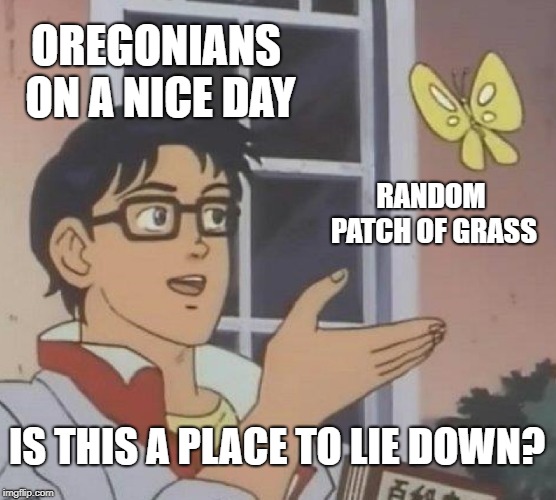Kayla Gordon, Abbie Mulligan, Hallie White
On Tuesday, April 7, we had an exciting jam-packed class session. We started off with an engaging Skype conversation with David Weinberger, the co-author of the Cluetrain Manifesto.
Later on, we dived into a history lesson. Taking a step back, social media platforms couldn’t exist without the internet in the first place. Be it thanks to the push for business online via digital e-commerce platforms (like those you can get more info about online nowadays, bringing the whole thing back in full circle funnily enough). It has come a long way from the 1.0 development and the BBS boards that existed even before then, that’s for sure. So, with everything in mind, we decided to go ahead and review the development of the web:
Web 1.0: Get noise. Examples: Netscape, AOL
-Read content
-Paid content
-Move to digital
-Static sites
-Push content
-eCommerce
Web 2.0: Make noise. Examples: Facebook, Youtube
-User generated
-Interactivity and sharing
-Connectivity
-Pull content
Web 3.0: Filter noise. Examples: Pinterest, Waze
-In real-time
-Ubiquitous (always connected)
-Location aware
-Tailored for mobile devices
-High quality camera/audio
Web 3.0 is also known as “The Internet of Things”. Check out this video from @AxSaucedo and learn how the web is developing at rapid speed.
We also reviewed a case study on Lego. We focused on analyzing their steps to open their arms to an important audience of theirs: AFOLs, adult fans of Legos.
To read our class-wide conversation on Twitter, check out the Storify below!



